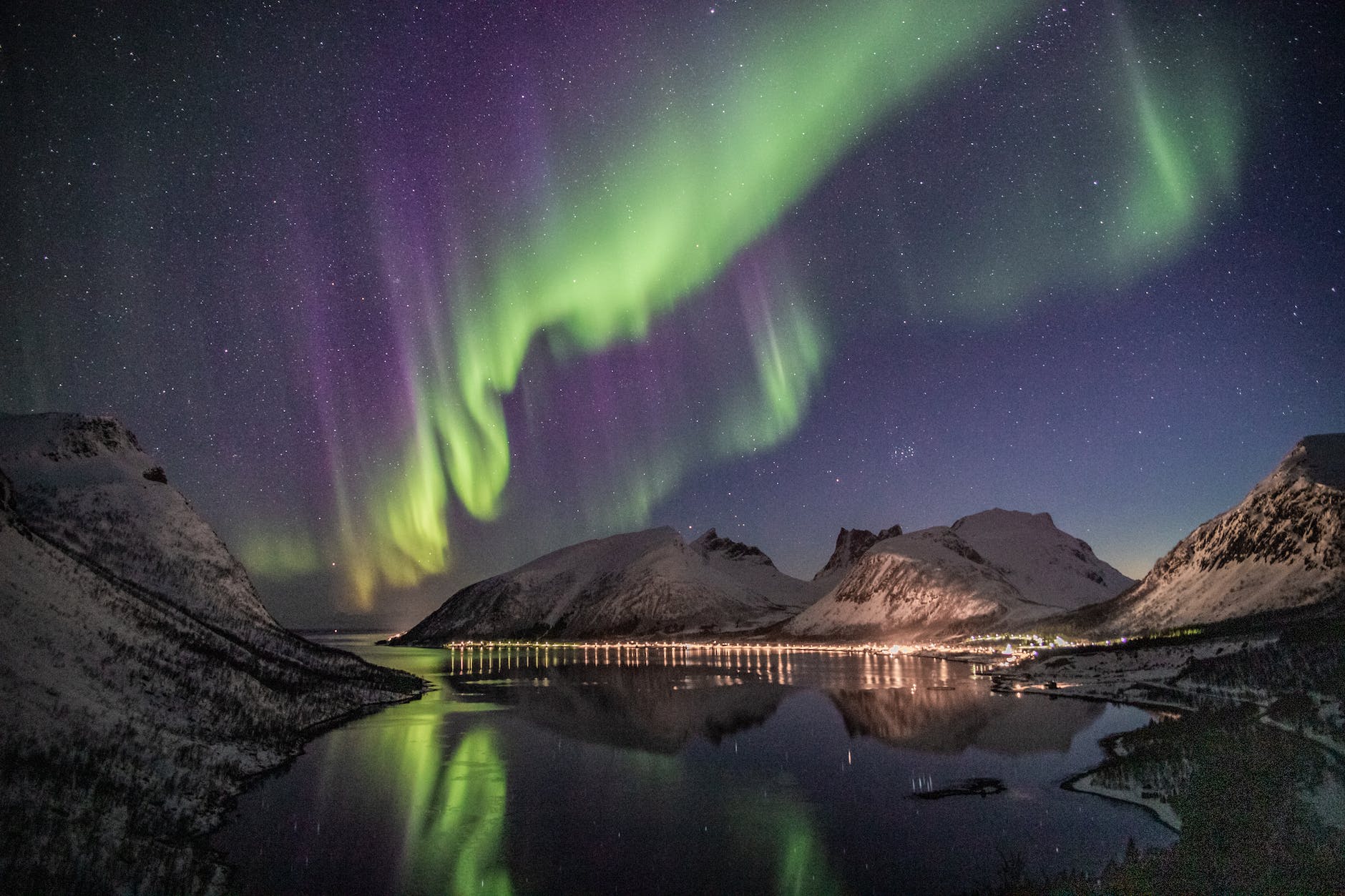Artistic expression has long been influenced by various external environments and internal experiences. Within the art world, a distinct area where this intersection is highly noticeable is in psychedelic nature art. Psychedelics and the natural world have had a deep and enduring impact on creative endeavors, both as a source of inspiration and a means of interpreting reality and spirituality.
Psychedelic art, by its very nature, breaks down conventional perceptions and opens up new understandings of reality. This genre of art often incorporates natural elements in psychedelic art, showcasing landscapes in psychedelic artwork or using the beauty of nature in psychedelic art to create unique, vibrant, and complex compositions. An analysis of these works highlights the considerable influence of environmental themes, where nature serves as not just a simple backdrop, but a fundamental element of the artistic narrative.
The link between psychedelics and nature in art is not entirely unexpected. The connection between psychedelics and nature is well-documented, with several traditional cultures attributing their spiritual experiences in nature through psychedelics. Specifically, plant medicine in art gives a nod to the psychoactive substances derived from natural sources that have been used for centuries by indigenous societies for religious and healing purposes. These substances often induce otherworldly experiences that artists subsequently translate into visually captivating pieces.
The incorporation of nature-inspired psychedelic art is more than just aesthetic; its usage signifies a deep understanding of nature as a source of inspiration in psychedelic art. The complex interplay between sight and insight, the external and internal worlds, lends to the creation of a superior, transcendent reality. This blending of natural and psychotropic elements enables artists to extrapolate beyond the ordinary into a world where nature and mind intermingle freely.
One striking example of this affinity between art and nature is embodied in the works of Alex Grey. Grey explicitly incorporates spiritual symbolism, psychedelic experiences, and elements from nature into his art. He demonstrates the relationship between human beings and nature by illustrating intricate, complex anatomical systems and combining them with natural components and mystical aesthetics.
Psychedelic art often communicates broader messages about our relationship with the environment. Themes of unity, interconnectedness, and a profound respect for nature are prevalent throughout these works. As proponents of psychedelic culture advocate for a more balanced coexistence between people and the planet, their art starts to reflect this shift towards environmental consciousness, telling compelling narratives about humanity’s place within the larger ecosystem.
In a society where environmental issues have taken center stage, this kind of artistic exploration helps spur a broader social dialog about man’s relationship with nature. The artists’ depictions of their psychedelic experiences often contain underlying messages about our collective need to appreciate and protect the natural world. As such, psychedelic art becomes a powerful tool for communicating deep ecological insights, embodying the concept that personal and environmental wellbeing are inherently interconnected.
The contemplation of psychedelic nature art can offer viewers a reimagined perception of the world, encouraging introspection about mankind’s relationship with nature. Artistic narratives created under the influence of psychedelics often serve as a reminder that nature is not merely a resource to exploit but is intrinsically linked with our existence and consciousness.
In conclusion, the increasing inclusion of natural elements in psychedelic art signals a shift towards wider societal acceptance of the fundamental interplay between human beings, psychedelics, and nature. The continued exploration of these realms through art has the potential to foster further understanding of our place within the natural world, shaping our attitudes and actions towards it. The blending of the psychedelic experience with environmental motifs in art serves as both a celebration of nature’s beauty and a call to action for its preservation.
Psychedelic nature art continues to evolve, bridging the gap between the spiritual and physical world, and reminding us that we are all part of a greater, more complex and interconnected universe. Understanding and appreciating this connection can strengthen our relationship with the environment and inspire a renewed appreciation for the natural world’s innate beauty.
Sources:
Entheonation
Beinart Gallery
Multidisciplinary Association for Psychedelic Studies
Alex Grey




